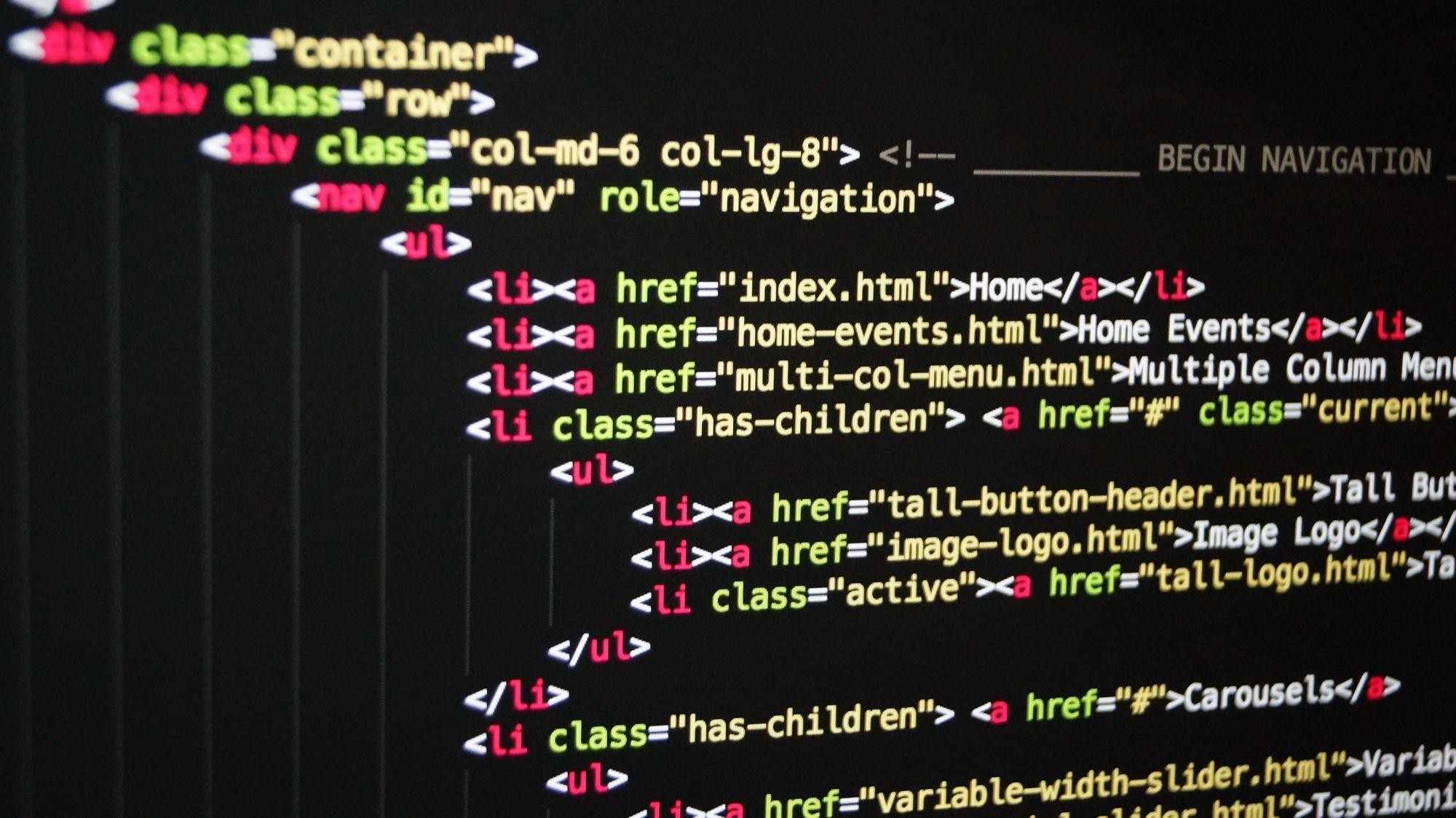
What is CSS?
CSS is a styling language used to define the look and style of web pages. It is used with markup languages such as HTML or XML. CSS defines how text, colors, layout, dimensions, and other styling features appear on web pages. While HTML defines the structure of a web page, CSS makes visual adjustments by defining the style of the page.
What is the importance of CSS?
Visual Design: CSS adds visual appeal to web pages. It provides an eye-catching experience by defining style attributes such as colors, fonts, backgrounds, borders and design.
Layout and Hierarchy: CSS defines the layout of the page and the hierarchy of elements. CSS is also used to organize different parts of a page (header, body, footer) and content elements (heading, paragraph, list). This makes the page more organized and understandable.
Responsive design: CSS supports responsive design. This allows web pages to be viewed appropriately on different devices. It provides user experience on mobile devices, tablets and desktops.
Site speed: CSS can increase page load speed. A dedicated CSS file allows the browser to load the page faster and helps users log in more easily.
SEO Compatibility: CSS can affect the SEO performance of web pages. When used correctly, proper CSS structure helps pages index better and rank higher in search engine rankings. the word
HTML defines the content, while CSS is used to define how the content will appear. This separation allows content and style to be managed independently of each other, making maintenance and management easier.
CSqqS is based on cascading logic: “Cascading” refers to the basic principle of CSS. If a given element has multiple styling rules defined in CSS, these rules are applied in order of precedence. The order of priority is based on factors such as the style's internal style (highest priority), internal page style definitions, and external style files. This cascading structure allows for a suitable combination of many style rules.
CSS uses selectors and property-value pairs. Selectors are used to target specific HTML elements, while attribute-value pairs define how the elements will appear. For example, you can set all paragraphs in red using the "p" selector and the "color:red" property-value pair.
CSS supports container selectors: CSS can target content that meets certain conditions using container selectors. For example, the "parent > child" selector can be used to target another element within an element. This feature is useful for more complex style targeting and configurations.
CSS provides responsive design with media queries: Using media queries, CSS can make style changes based on screen sizes, device types, and other attributes. It supports responsive design and ensures that web pages display correctly on different devices. For example, you can reduce the font size or change the column layout under a certain screen width.
CSS preprocessors offer more advanced features: CSS preprocessors can be used to take advantage of advanced features of CSS. Popular CSS preprocessors such as Sass, Less, and Stylus offer variables, functions, mixins, and more sophisticated style management features. This makes CSS code more maintainable and manageable.
Result:
CSS is a style sheet of web design that adds visual appeal to web pages. CSS defines the appearance and layout of pages, ensures consistent design, and affects SEO performance. By creating an SEO-friendly CSS structure, you can ensure that your pages load faster and achieve better rankings in search engines. You can create an SEO-friendly CSS structure by focusing on factors such as simple and correct coding, minification, external CSS files, color usage, and responsive design. Using the power of CSS in web design, you can also create effective and successful web pages.
